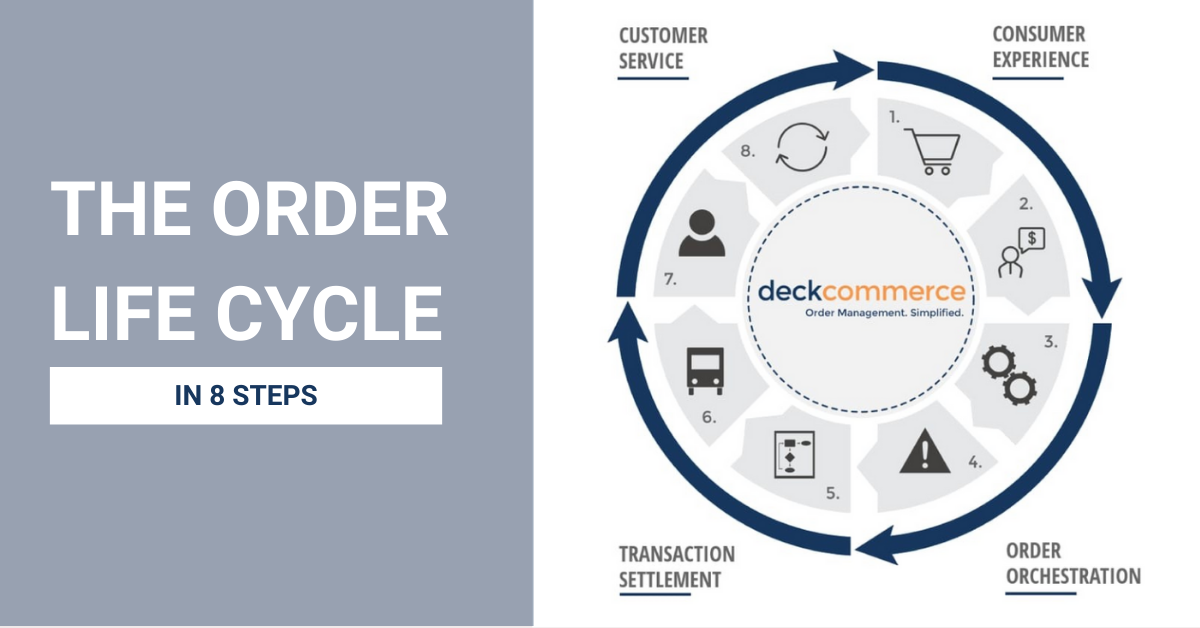
Inefficient inventory management leads to sunken costs on dead stock and unnecessary storage expenses. Stocking too much product in your warehouse eats up your budget.
Excess costs come from overpriced storage, transportation, obsolescence, taxes and insurance. Mismanagement of inventory also increases the chance of internal or external theft.
Once all is said and done, it can cost retailers up to 30 percent more a year to hold excess inventory, The Retail Owner Institute noted. But this money could be going toward marketing, revamping your e-commerce site or leasing bigger office space. Consider these tips for improving inventory management:
1. Practice First-in, First-out (FIFO) management
The FIFO method is an important component of ensuring you're not stuck with old, outdated inventory. This practice relies on you selling the oldest stock first, not your newest stock. While this principle is especially crucial for companies that sell perishable goods, it's also a good system for other retailers too. If you're selling fashion-based goods, you can easily be stuck with out-of-style clothing or shoes that no one wants to purchase. In addition, boxes sitting in the back of the warehouse for too long can get worn out and damaged, which could end up ruining the products inside.
2. Cultivate relationships
"Smart inventory managers cultivate relationships with their suppliers."
Sometimes, selecting quantities and placing orders is not the problem. There are any number of things that can potentially go wrong up and down the supply chain that are outside of your company's control. Smart inventory managers cultivate relationships with their suppliers through communication and sound business practices. This way, when a problem arises, suppliers will be more willing to work with your company to negotiate on minimum order quantities, price lists or returns.
3. Conduct periodic auditing
While you no doubt perform a physical inventory once a year to coincide with accounting and filing taxes, this can be a disruptive and tedious process. If a discrepancy or other problem arises during this time, it can throw off the entire task. Implementing spot checking - or counting an item and comparing it against what should be there - on particular items throughout the year reduces the chances that there are misalignment or surprises during the annual inventory.
4. Utilize an inventory management platform
An omni-channel ecommerce suite with enterprise inventory management gives greater visibility into their stock, which allows for the ability to control and manage stock across sales channels and fulfillment locations. This global inventory visibility reduces sunk costs associated with dead stock and sub-optimal warehousing expenses. The inventory management solution available with Deck Commerce aggregates all your inventory across an unlimited number of distribution points, from warehouses to retail stores and from third-party logistics to drop shippers. With this visibility at your fingertips, you can ensure the right inventory is delivered to the right channel at the time time, reducing the chances for sunk costs associated with inefficient processes.
Click here to learn more about how Deck Commerce helps e-commerce retailers improve their inventory management.






.png?width=2000&height=2000&name=Blog%20Directory%20CTA%202000x2000%20px%20(2).png)





.png?width=2000&height=2000&name=Blog%20Directory%20CTA%202000x2000%20px%20(3).png)
